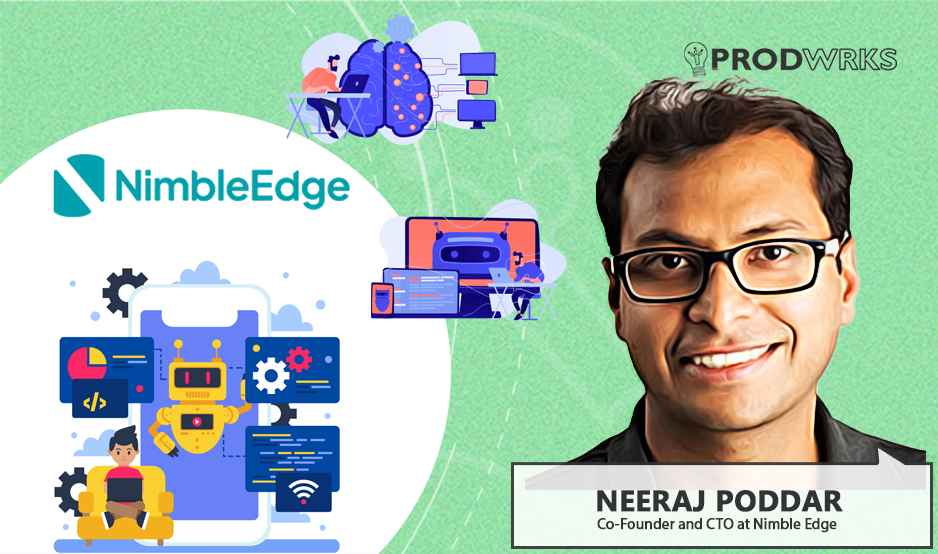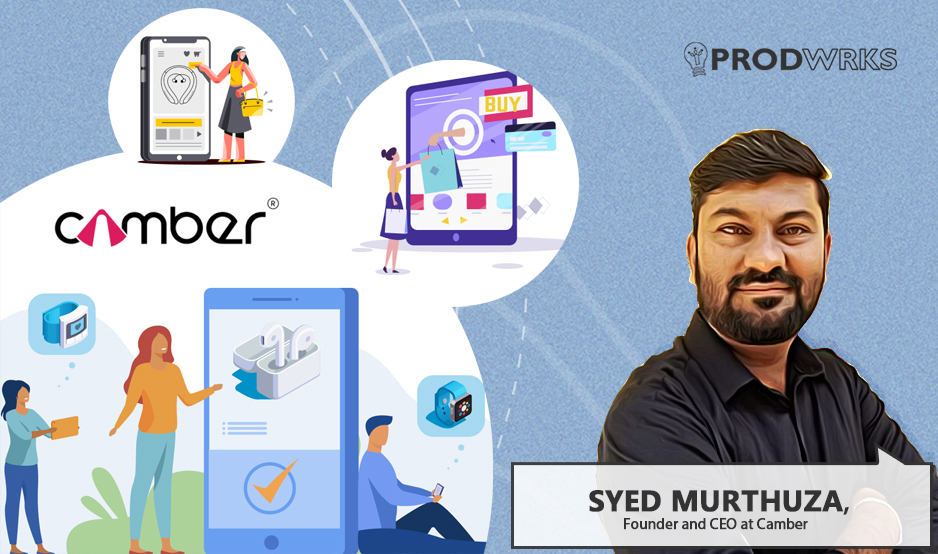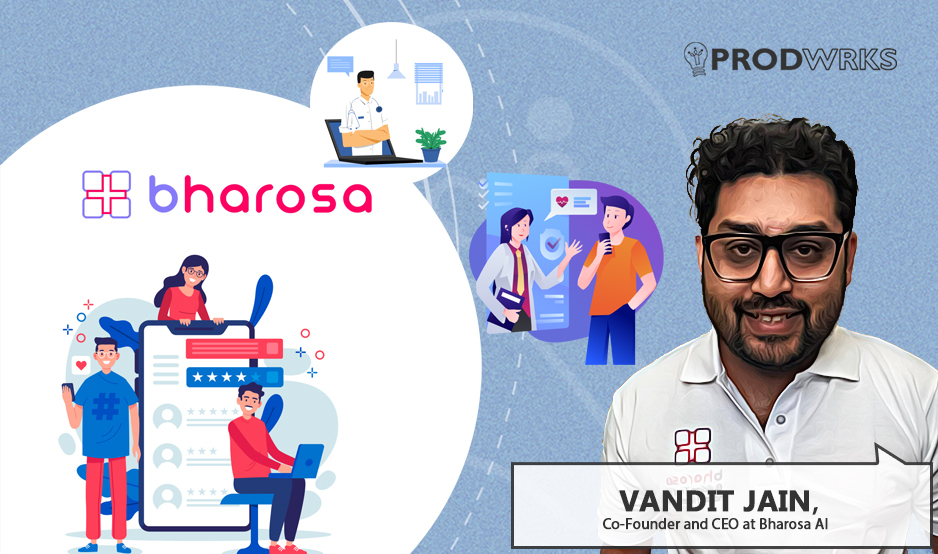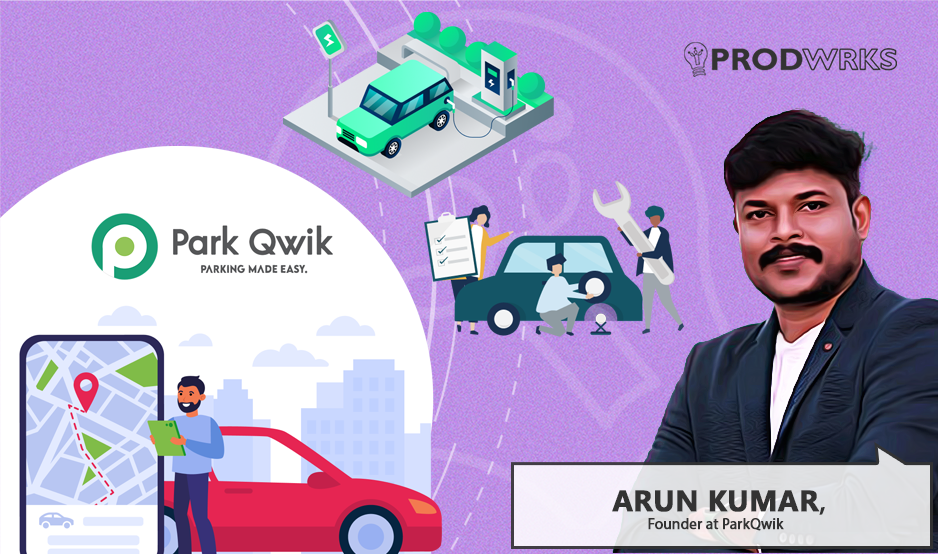
In India, the promise of advanced AI often runs into a wall of infrastructure. Most powerful models live on expensive cloud servers or require high-end devices that only a fraction of users can afford. For enterprises and startups building AI-driven apps, that creates higher costs and strict data constraints. The result is a gap: delivering AI that feels personal, protects privacy, and works reliably for the mass market remains difficult.
NimbleEdge AI, a Bangalore-based startup, is exploring ways to run AI directly on devices instead of relying on costly cloud infrastructure. The approach draws on co-founder and CTO Neeraj Poddar’s experience building distributed systems and open-source infrastructure, which shapes how the startup addresses reliability, scalability, and privacy in local AI deployment.
“That’s how my interest in distributed systems, infrastructure, and open source grew. Over the past few years, I’ve also been exploring AI and its potential applications,” Neeraj says.
This question led to the founding of NimbleEdge AI in 2022 by Neeraj Poddar and CEO Varun Khare. The startup has since developed a platform that enables enterprises to integrate AI into their applications while supporting its own products. It has collaborated with global tech giants like Meta and Microsoft to strengthen its AI and device-level capabilities and worked with companies such as Dream11 and Swiggy to deliver AI-enabled experiences to millions of devices.
At its core, NimbleEdge AI is tackling the challenge of making advanced AI accessible, private, and reliable for a wide range of users in India.
Making AI Faster, Private, and Useful in Everyday Apps
NimbleEdge builds its technology around a simple idea: if AI runs directly on the device, it can be faster, more private, and more useful. The company enables this through an SDK that developers embed in their applications. The SDK optimizes large AI models so they can run efficiently even on devices with limited memory.
Key features of the platform include:
- Faster AI on devices: Large models (LLMs) are optimized to run efficiently on phones or laptops without relying on massive cloud infrastructure.
- Agentic AI layer: Apps can run AI “agents” that perform multi-step tasks and make decisions, while giving businesses visibility into their actions.
- Pre-built tools and automations: A marketplace of ready-to-use AI agents and productivity tools lets companies pick or build custom automations for their apps.
Neeraj Poddar explains, “Techniques like sparsity in transformer-based architectures, some of which we’ve open-sourced, make it possible to get better performance without massive GPU farms in the cloud.”
He highlights real-world applications: many shopkeepers still rely on memory or scraps of paper to track credit. With on-device AI, a payments app like Paytm or PhonePe could provide a natural language assistant to track transactions, record debts, and update accounts automatically.
Because the AI runs locally, it responds quickly, protects privacy, and complements existing cloud-based systems.
NimbleEdge is also experimenting with a consumer-facing desktop application for personal automation. The goal is to let users control and connect everyday apps through an intelligent AI layer that runs primarily on the device.
Neeraj adds, “It would simplify workflows like collecting documents or synthesizing information across platforms, with flexibility for enterprises to extend it for their own use cases.”
On-Device AI for Privacy-Sensitive and High-Impact Automation
NimbleEdge’s target user base is consumer applications that want to get AI integrated natively in their applications.
Neeraj says, “ So we have worked previously with companies like Dream11, where we went live in India and got distributed to over thirty million devices. It was mostly for machine learning on the device. We also worked with some of the largest food delivery companies. So that's one way where we have baked inside the application.”
The AI can mimic user actions in the browser, synthesize data, and perform tasks across applications, making automation accessible for businesses that traditionally lack the resources or infrastructure to implement it.
By focusing on areas where automation is uncommon but highly valuable, NimbleEdge positions itself at the intersection of privacy-conscious industries and companies seeking simple, scalable AI solutions.
Building a Customer-Driven SaaS Platform for Seamless AI Deployment
Early on, NimbleEdge discovered that integrating AI into mobile apps was slowed down by a mismatch between teams. While Mobile developers worked in Swift or Kotlin, AI engineers used Python, and neither side could easily work with the other’s tools. To solve this, NimbleEdge added a lightweight Python layer, cutting integration time from over two months to under a week and making the platform far easier to deploy.
Neeraj says, “Initially, we tried integrating the entire product in Kotlin, and it was a nightmare. Adding a Python layer changed everything; it reduced our integration time, making our SDK far easier to deploy."
The SaaS platform at NimbleEdge was shaped entirely by the needs of its customers. Early feedback showed that companies wanted a way to roll out AI models and updates to millions of devices in a controlled, phased manner similar to software updates in traditional SaaS.
The platform not only distributes models but also collects usage data and provides insights into performance, making large-scale deployment manageable.
Neeraj explains “Customers told us they needed a way to push AI updates to devices gradually, see how they were performing, and fix issues before rolling them out everywhere. That feedback became the core of our SaaS platform”
Optimizing AI for Lightweight, High-Performance Mobile Apps
One of the biggest challenges NimbleEdge faced early on was keeping its technology lightweight enough to fit seamlessly within customers’ apps. Unlike conventional software, where size is less of a concern, mobile users and digital-native companies closely monitor even small increases. A bump of just a few hundred kilobytes could trigger uninstalls, forcing the team to rethink even standard ways of writing code.
Neeraj says, “As soon as our app size increased by a hundred kilobytes, it meant multiple rounds of reviews and rework. We had to strip out native C++ code and rewrite it in ways people wouldn’t normally consider.”
Performance expectations added another layer of pressure. Customers demanded near-instant responses, leaving no room for latency beyond 50 to 100 milliseconds. The team spent countless hours optimizing data structures, moving information by reference, and minimizing copies to meet these requirements.
Running large AI models on mobile presented yet another challenge. The goal was to deliver maximum reasoning and intelligence without draining devices’ batteries or getting killed by operating systems.
Neeraj says, “Making these models run efficiently on resource-constrained devices is an ongoing effort. It’s work that will never really end.”
Proving Value and Shaping the Next Wave of Responsible AI
NimbleEdge has already begun monetizing through live deployments with a handful of customers. The company’s pricing follows a per-device model, tied closely to actual usage. When packaged as an SDK within mobile apps, the fee is calculated based on how many devices the technology is installed on and how many of those translate into daily active users.
For NimbleEdge, the strongest validation hasn’t been a single North Star metric but whether customers clearly see value.
“If a client comes back and says they generated new revenue or saved hours because of us, that’s what matters,” Neeraj explains.
Expansion within existing accounts is another key signpost. Once the first use case works, the team watches how easily it can grow into others.
Looking to the future, NimbleEdge sees privacy-preserving AI as a defining shift. The next wave of systems, they believe, must combine personal context with reliable sources without compromising user data.
Neeraj says, “The internet gave us free services in exchange for our information; AI doesn’t have to repeat that.”



